Skin
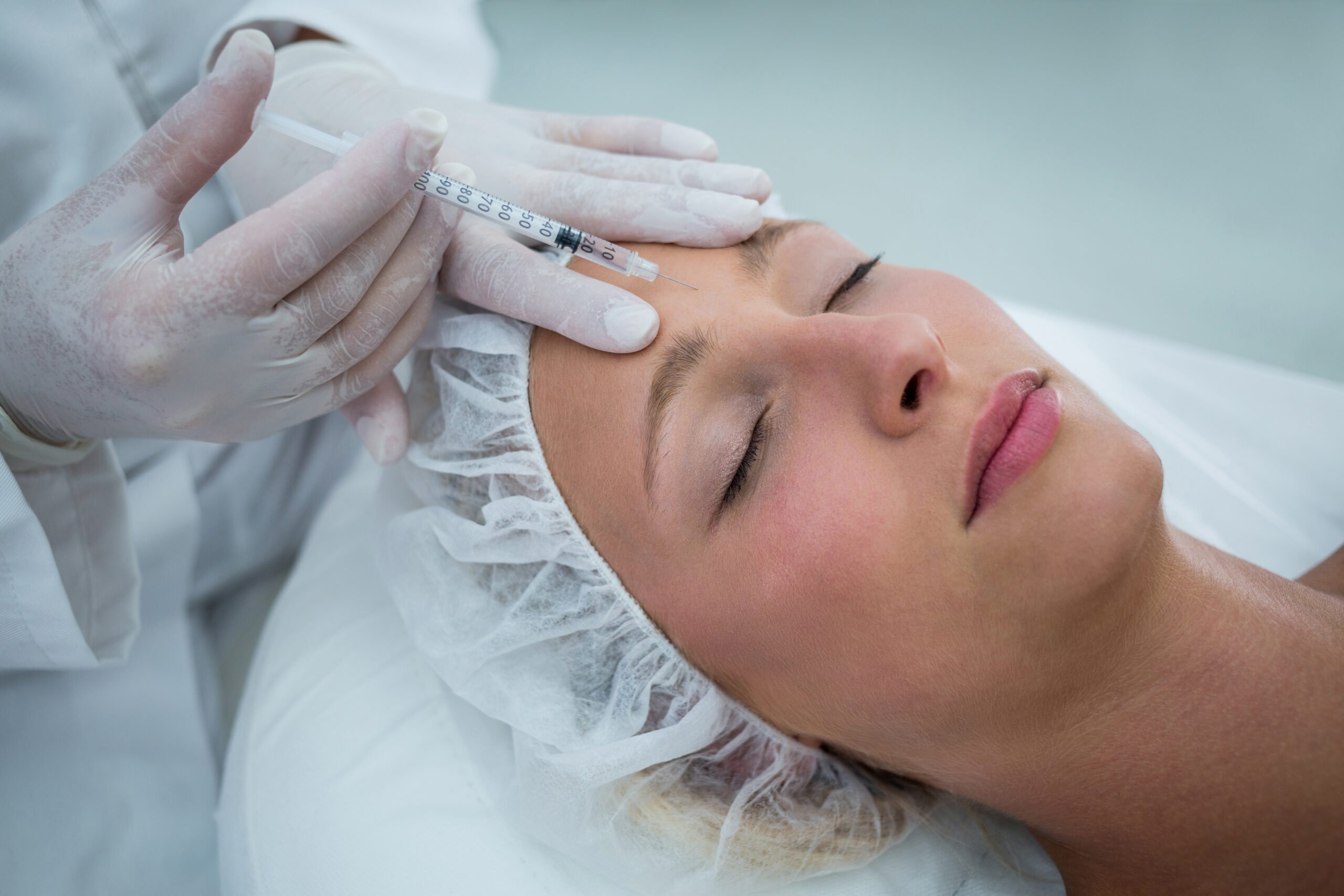
Skin
Botox Injections 101: What You Need to Know Before Your First Treatment
5 minutes read | 23 Jan 25
Get a complimentary consultation today. Get in touch
If you’re looking to rejuvenate your skin or tackle fine lines and wrinkles, Botox therapy might just be the solution you’ve been searching for. With its ability to smoothen the skin and relax muscles, Botox has become a popular cosmetic choice for many.
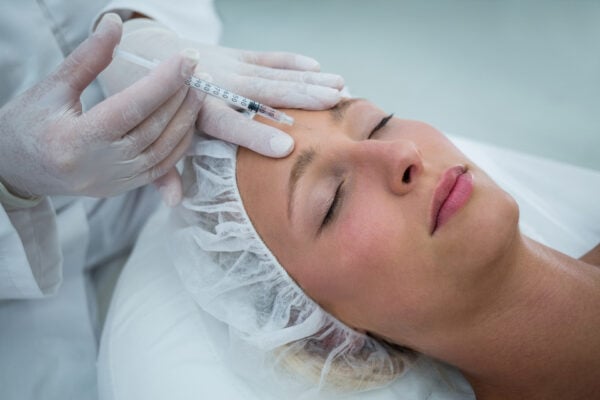
Introduction
Beyond its beauty benefits, Botox injections also address various medical concerns, such as migraines and excessive sweating. Let’s check out the very details that you need to know about this versatile treatment.
What is Botox?
Botox treatment, short for botulinum toxin, is a purified protein that temporarily relaxes muscles. It’s commonly used to tighten wrinkles, particularly on the forehead, around the eyes (crow’s feet), and between the brows. While cosmetic Botox is best known for beautifying your facial appearance, it is also used medically to treat conditions like neck spasms, hyperhidrosis (excessive sweating), and migraines.
The Botox Treatment Process
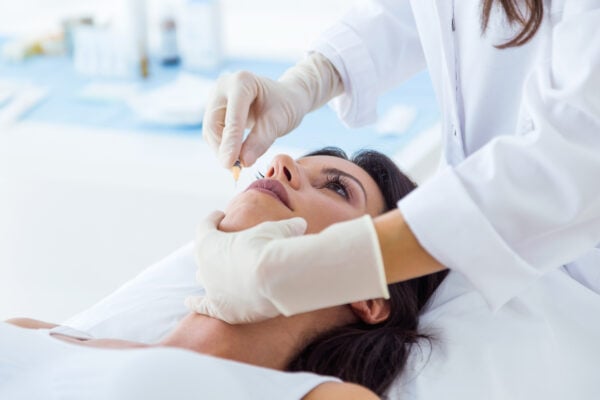
The Botox treatment process is quite straightforward and has minimal invasions. Here’s a breakdown of what typically happens:
Consultation:
Before the procedure, you’ll meet with a qualified practitioner who will assess your skin, discuss your goals, and determine the right areas for treatment. They may also advise on how many units of Botox injectable you’ll need.
Preparation:
The practitioner will clean the targeted areas thoroughly to ensure a sterile environment. A numbing cream might be applied to minimise any discomfort, though most people find the procedure tolerable without it.
Injection:
Using a very fine needle, the practitioner injects small amounts of botulinum toxin into the muscles. The number of injections will depend on the areas being treated. The process is precise, targeting only the necessary muscles to achieve natural-looking results.
Post-Injection Care:
After the injections, you may be asked to make certain facial movements to help the Botox settle into the muscles. The entire session typically takes 10 to 30 minutes, making it easy to fit into a busy schedule.
Follow-Up:
In some cases, a follow-up appointment may be scheduled to assess the results and determine if any additional units are needed.
Common Uses of Botox
Botox isn’t just for wrinkle reduction, it’s much more than you have ever thought of. Here are some common applications:
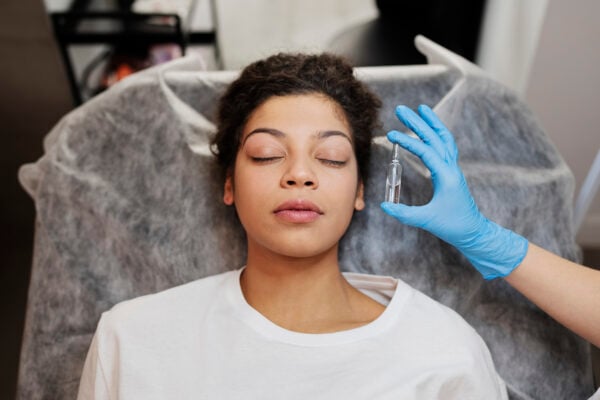
Cosmetic Uses:
Smoothing out fine lines and wrinkles on the botox face, including frown lines, crow’s feet, and forehead creases.
Medical Uses:
Treating migraines, lazy eye, neck spasms, excessive sweating, and overactive bladder.
Skin Botox:
Enhancing overall skin texture and reducing pore size for a refreshed appearance.
Preparing for Your First Botox Treatment
Getting ready for Botox therapy is straightforward. Here’s what to keep in mind:

Avoid certain substances:
Refrain from alcohol, anti-inflammatory medications, and blood-thinning supplements (like aspirin or fish oil) for at least 24 to 48 hours to minimise the risk of bruising.
Stay hydrated:
Drink plenty of water in the days leading up to your appointment to ensure your skin is well-hydrated.
Cleanse your skin:
On the day of your appointment, thoroughly clean your face and avoid applying any makeup, creams, or lotions.
Share your medical history:
Be open about any medical conditions, allergies, or medications you’re taking during your consultation. This helps your practitioner tailor the treatment to your needs.
Set realistic expectations:
Discuss your goals with your provider to ensure you understand what Botox can and cannot achieve.
Schedule smartly:
Plan your appointment at least two weeks before any major event to allow time for any potential side effects, such as mild swelling or bruising, to subside.
What to Expect During the Procedure
Your Botox therapy session is an outpatient procedure that’s quick and straightforward. At Bodycraft, our professionals will guide you so seamlessly through the procedure that you won't even feel a thing. Here’s what happens:
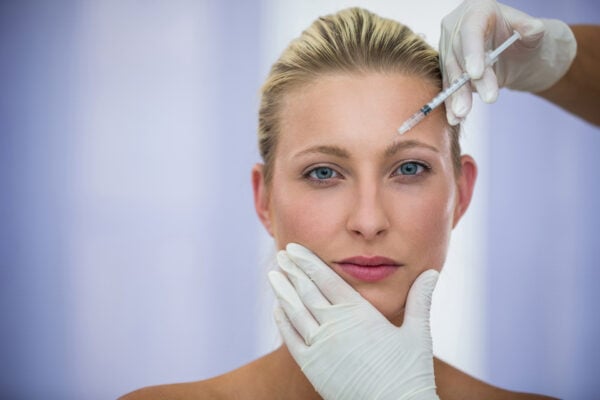
Preparation:
The healthcare provider will cleanse the treatment area thoroughly. For added comfort, a topical numbing agent may be applied, though most people find the injections only mildly uncomfortable.
Injection process:
Using a very fine needle, your provider will inject small amounts of Botox into the targeted muscles. Depending on your goals, several injections may be administered in different areas. The entire procedure usually lasts between 10 and 30 minutes.
Discomfort level:
The injections might sting slightly or feel like a small pinch, but the discomfort is brief and minimal. For treatments involving sensitive areas, such as for an overactive bladder, local or regional anaesthesia might be provided.
Post-treatment:
Once the procedure is complete, you’ll be able to go home the same day. You may be asked to make certain facial expressions to help the Botox settle effectively into the muscles.
Aftercare Tips
Proper aftercare can enhance the results of your Botox injectable treatment. Follow these tips:
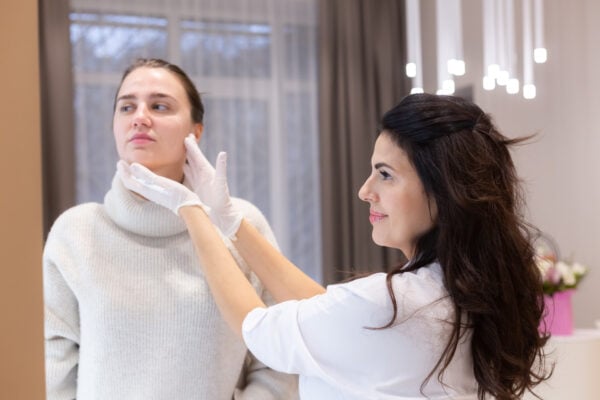
-
- Avoid lying down or touching the treated area for at least 4 hours.
-
- Skip strenuous exercise, saunas, and hot baths for 24 hours.
-
- Stay hydrated and follow any personalised advice from your provider.
Risks and Side Effects
While Botox is considered safe when performed by a qualified professional, some side effects can occur in very rare cases. These may include mild swelling, redness, or bruising at the injection site. In certain rare cases, drooping eyelids or headaches may occur.
How Long Does Botox Last?
The effects of Botox therapy typically last 3 to 6 months. Factors like metabolism, the treated area, and individual response can influence longevity. Regular maintenance sessions can help keep your results consistent.
How much does Botox cost?
On average, Botox treatments cost around ₹200 to ₹500 per unit. Since most procedures require between 20 to 60 units, a session may range from ₹4000 to ₹30,000 or more. Consult Bodycraft’s qualified and experienced professional to get accurate pricing and ensure safe, effective treatment.
Takeaways
Botox is a versatile treatment that offers both cosmetic and medical benefits. Whether you’re looking to refresh your appearance or address specific health concerns, Botox face injections provide a minimally invasive solution. With proper preparation, aftercare, and regular maintenance, you can enjoy smooth, rejuvenated skin for months.
FAQs
Does Botox hurt?
Most people find Botox shots relatively painless, describing the sensation as a small pinch. A numbing cream or anesthesia is used for added comfort.
How soon will I see the results?
You may notice initial results within 3 to 5 days, with full effects visible in about 2 weeks.
Is there an ideal age to start Botox?
There’s no specific age, but many people start in their late 20s or early 30s as a preventive measure against wrinkles.
Are there any long-term effects of Botox?
When administered correctly, long-term use of Botox injectable treatments is considered safe. Regular use can even help reduce the formation of new wrinkles over time.
Related categories
























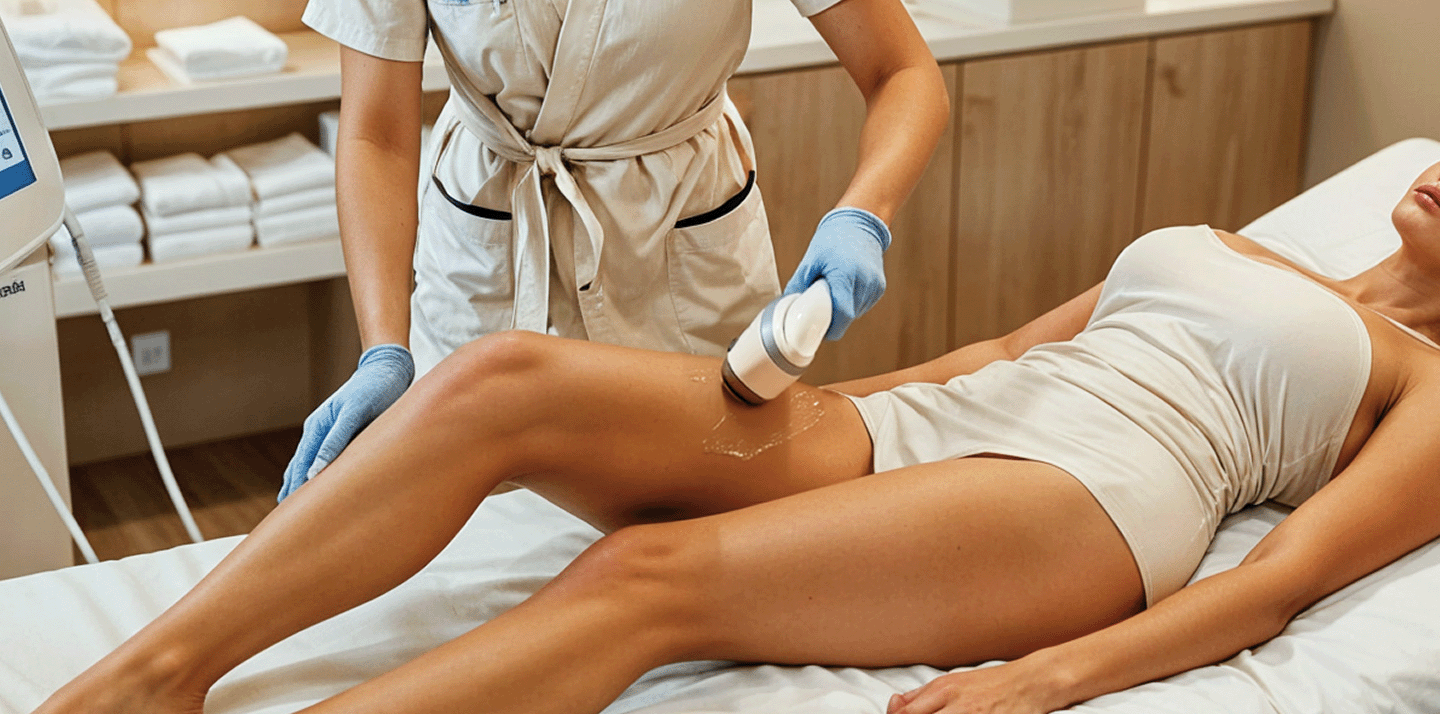














.png)

























-1.png)

-3.png)
-3.png)
-3.png)
-4.png)
-4.png)
-4.png)
-4.png)
-4.png)
-4.png)
-Dec-03-2025-10-37-06-3001-AM.png)
-1.png)
-1.png)
-2.png)
-2.png)
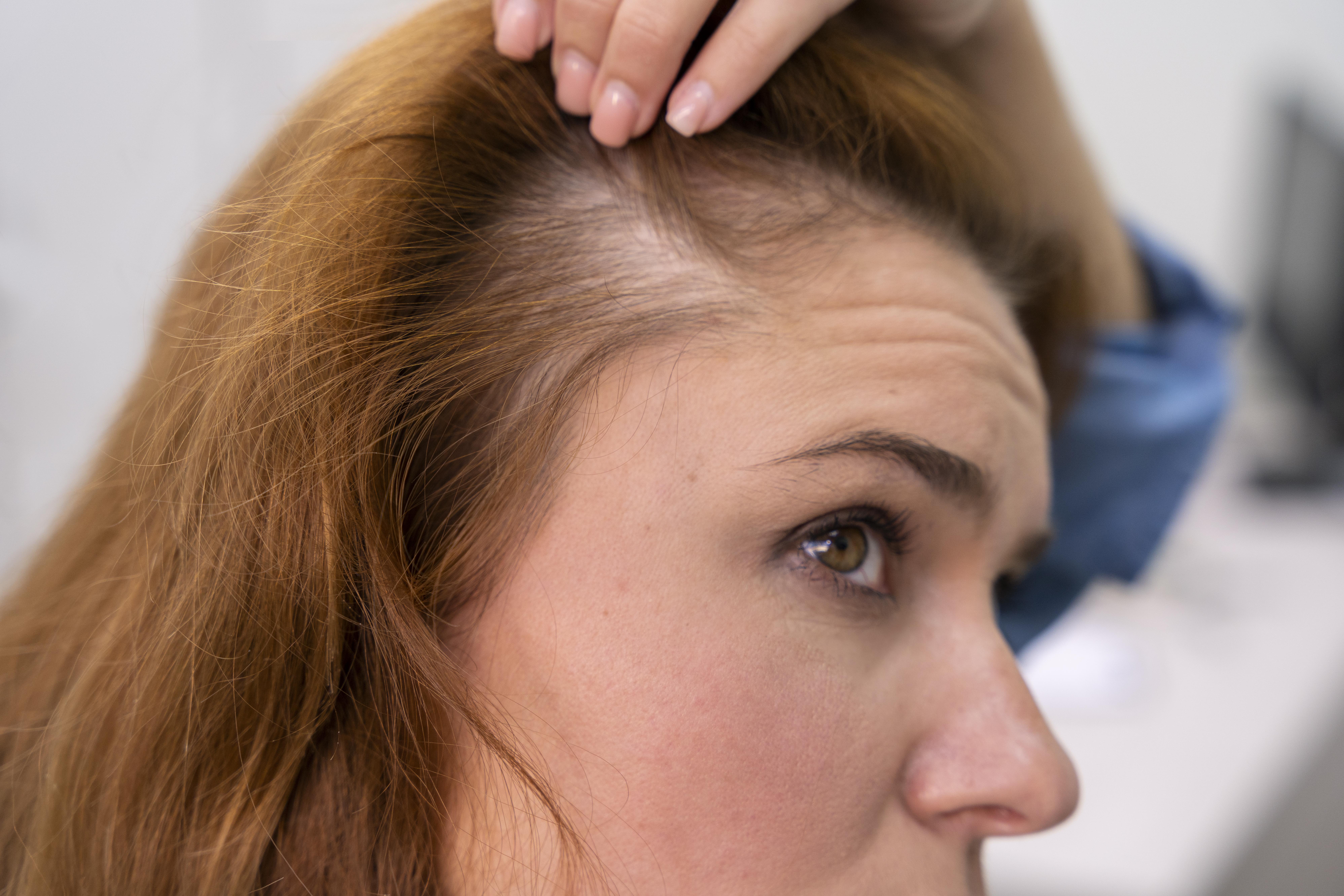
-2.png)
-2.png)
-2.png)
-Dec-14-2025-02-03-03-7844-PM.png)
-1.png)
-Dec-14-2025-01-27-58-0599-PM.png)
-Dec-14-2025-01-25-53-0368-PM.png)
.png)
.png)
.png)
.png)
-Dec-14-2025-12-58-14-8093-PM.png)
.png)
-2.png)
-Dec-14-2025-12-51-17-9737-PM.png)
-2.png)
-2.png)
-2.png)
-Dec-14-2025-12-44-00-4703-PM.png)
-2.png)
-2.png)
.png)
-3.png)
-Dec-14-2025-12-32-40-3208-PM.png)
.png)
-3.png)
-3.png)
-3.png)
-Dec-14-2025-12-23-07-2448-PM.png)
-3.png)
-Dec-14-2025-12-18-03-6298-PM.png)
-3.png)
-Dec-14-2025-12-13-09-4199-PM.png)
-4.png)
-Dec-14-2025-12-11-14-9967-PM.png)
-4.png)
-Dec-14-2025-12-02-59-5176-PM.png)
-Dec-14-2025-12-51-38-3492-PM.png)
-Dec-14-2025-12-01-53-4915-PM.png)
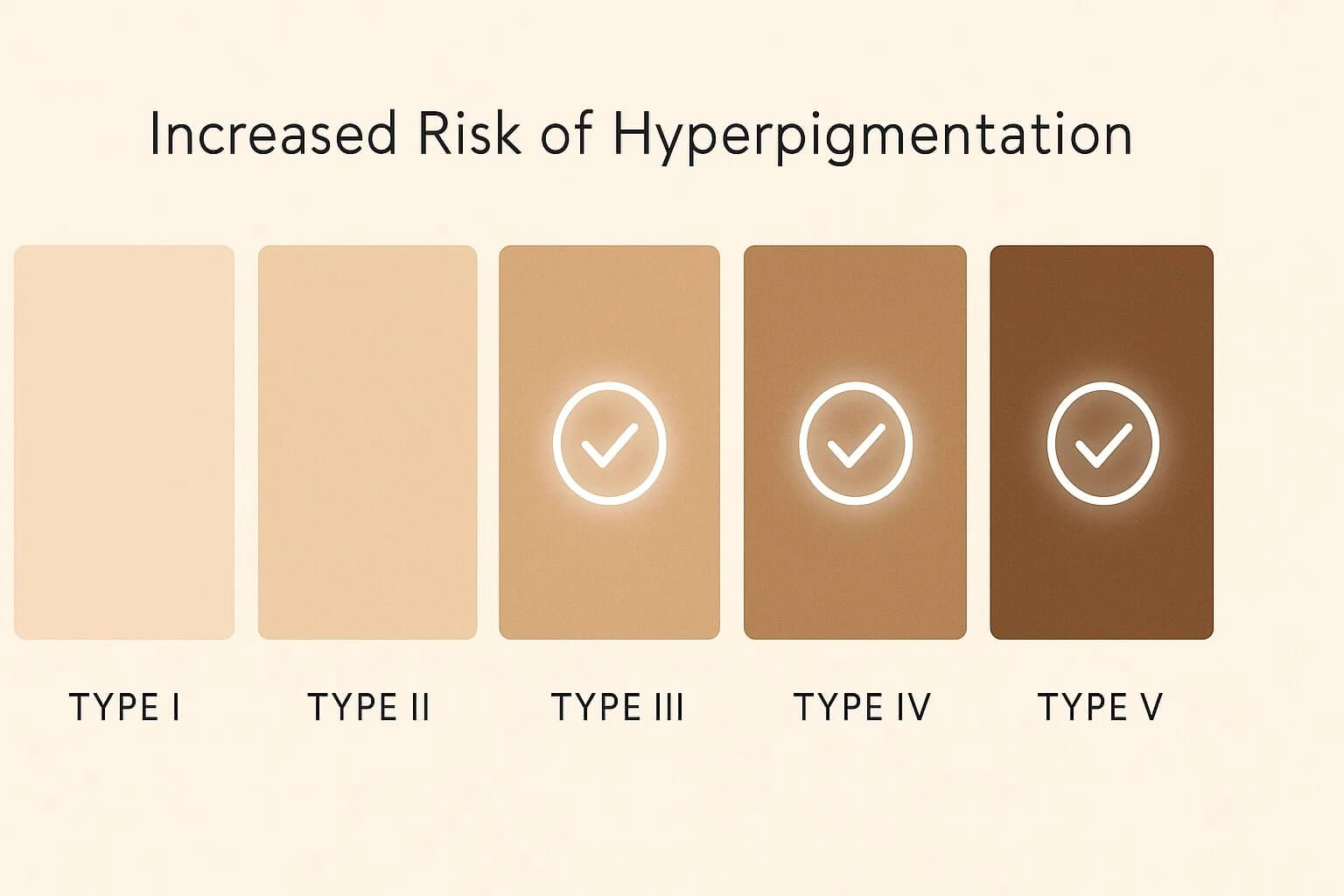
.png)
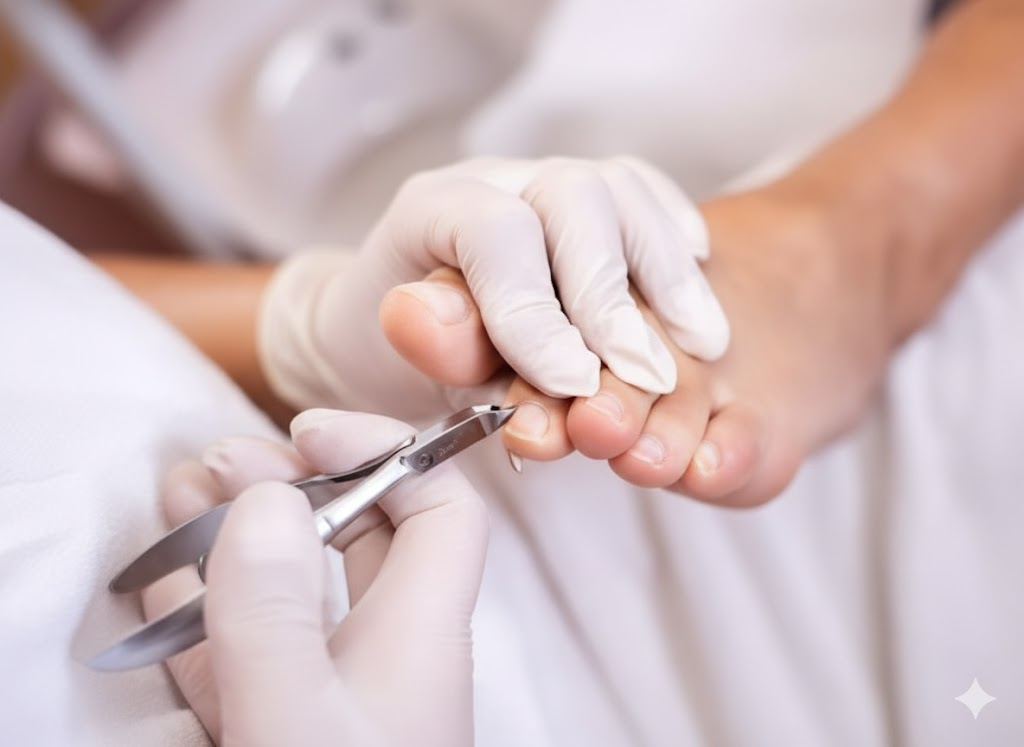
-Dec-14-2025-11-52-25-0761-AM.png)
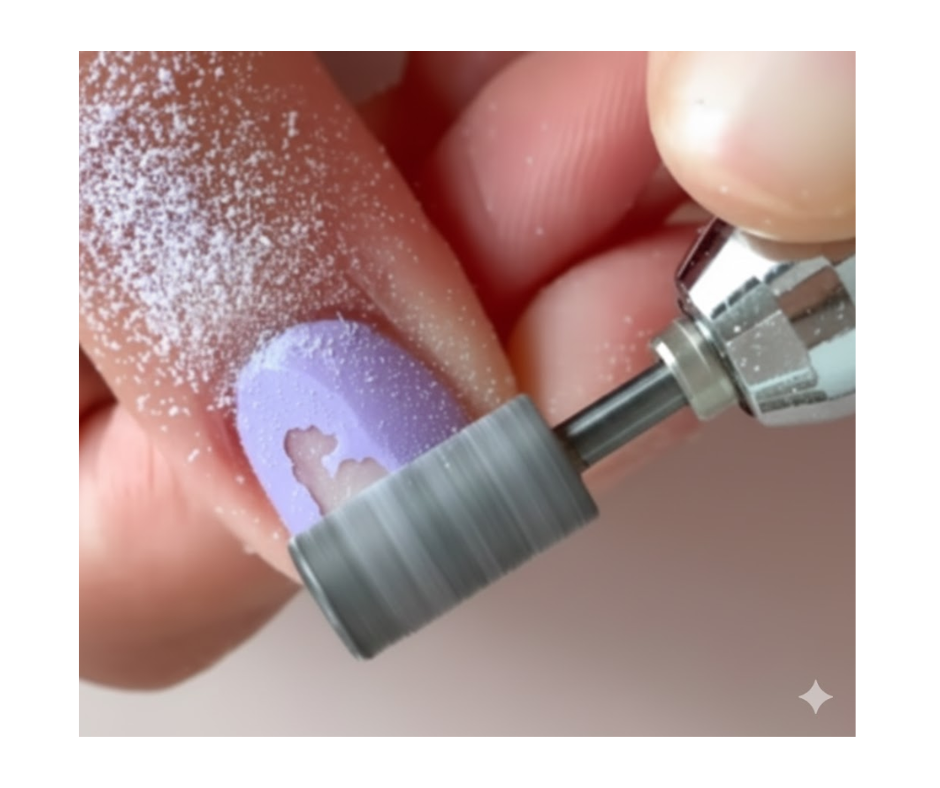
-Dec-14-2025-11-35-44-1246-AM.png)
-Dec-14-2025-11-27-13-1177-AM.png)
.png)
-Dec-14-2025-10-54-57-8336-AM.png)
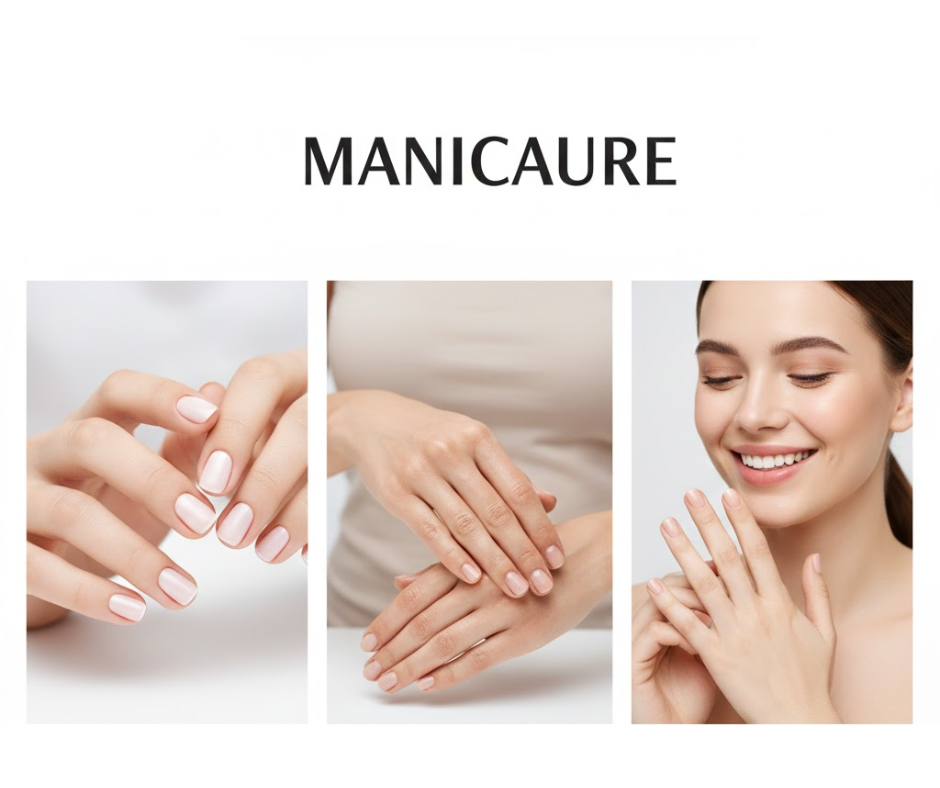
-Dec-14-2025-09-50-43-7348-AM.png)
-Dec-14-2025-09-31-48-8004-AM.png)
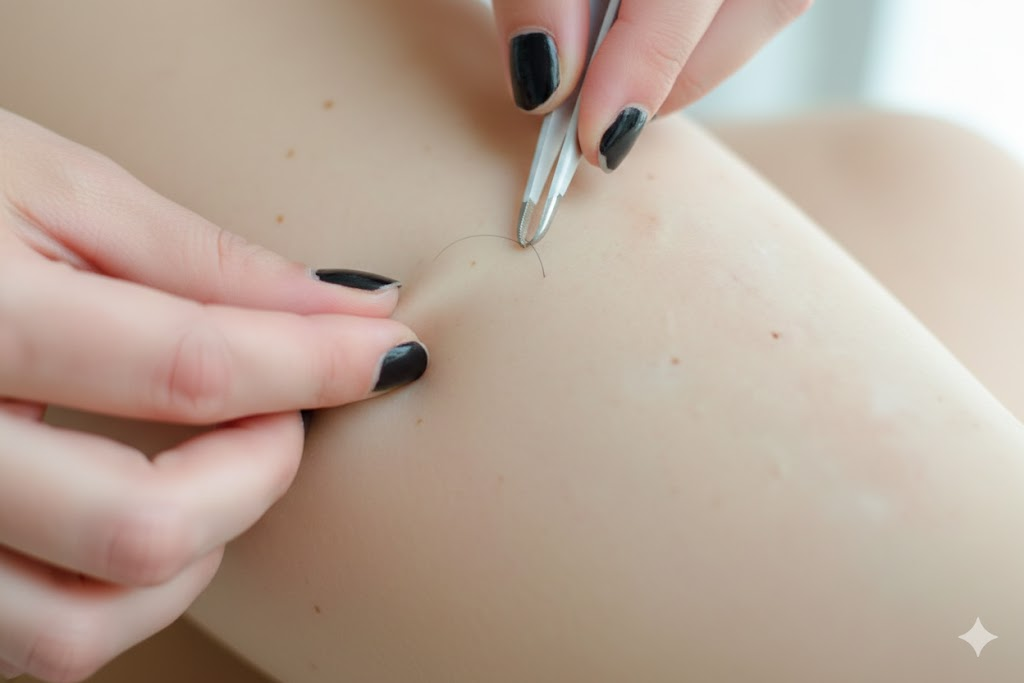
-Dec-14-2025-08-49-27-6925-AM.png)